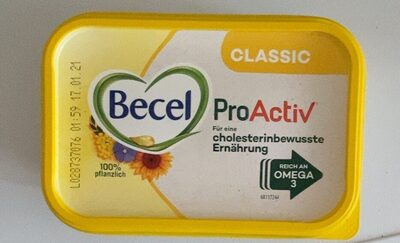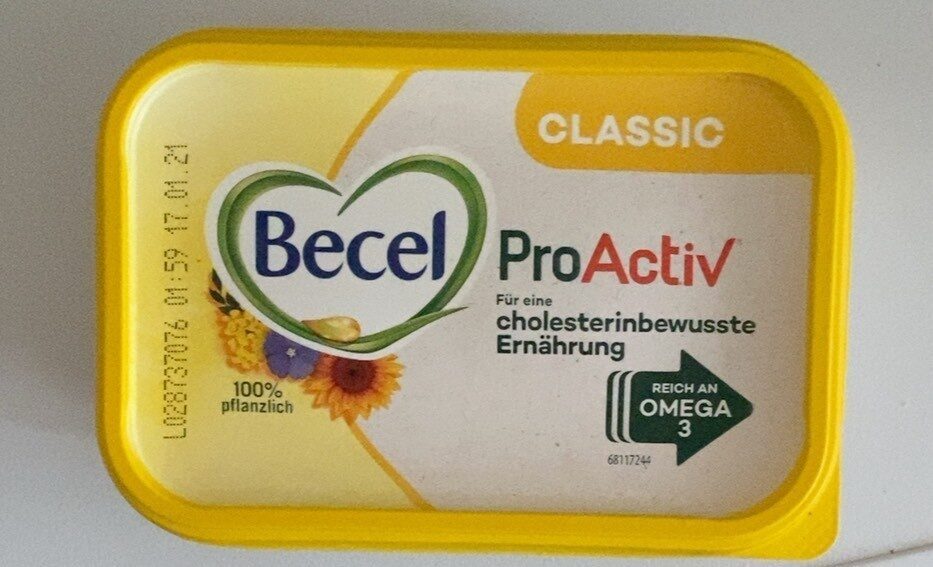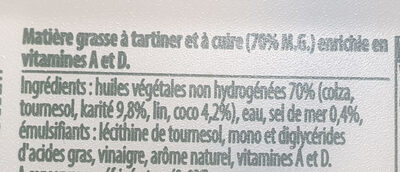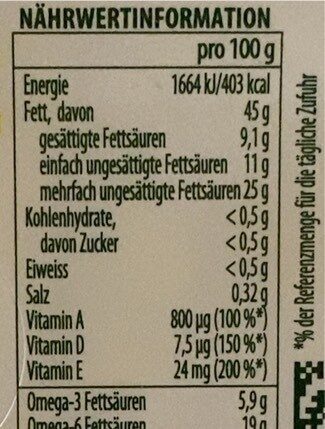Omega 3 sel de mer - FRUIT D'OR - 500g
This product page is not complete. You can help to complete it by editing it and adding more data from the photos we have, or by taking more photos using the app for Android or iPhone/iPad. Thank you!
×
Barcode: 17192008
Quantity: 500g
Packaging: en:Tray
Brands: FRUIT D'OR
Categories: en:Spreads, en:Salted spreads, en:Aceites y grasas, en:Alimentos de origen vegetal, en:Alimentos y bebidas de origen vegetal, en:Grasas para untar, en:Grasas vegetales, en:Margarinas, en:Margarinas con sal, en:Untables, en:Untables salados, en:Untables vegetales
Labels, certifications, awards: en:Sustainable, en:Vegetarian, en:Vegan, en:Aceite de Palma Sostenible, en:Sin aceite de palma
Countries where sold: An Ostair, A' Bheilg, An Fhraing, A' Ghearmailt, Na Tìrean Ìsle, A' Phortagail, Réunion, An Spàinn, An t-Suain, An Eilbheis, An Rìoghachd Aonaichte
Matching with your preferences
Environment
Packaging
Transportation
Report a problem
Data sources
Product added on by openfoodfacts-contributors
Last edit of product page on by bertusdendroef.
Product page also edited by ayecptn, duhowpi, ecoscore-impact-estimator, emy58, halal-app-chakib, inf, kiliweb, laramba, musarana, nikacobos, packbot, product-scan-com, quechoisir, roboto-app, salus, scanbot, sebleouf, teolemon, thaialagata, waistline-app, yuka.sY2b0xO6T85zoF3NwEKvlnNNUNDeojfmGiPVpUuB3_qCBbHBOvF46YLLaKs.











